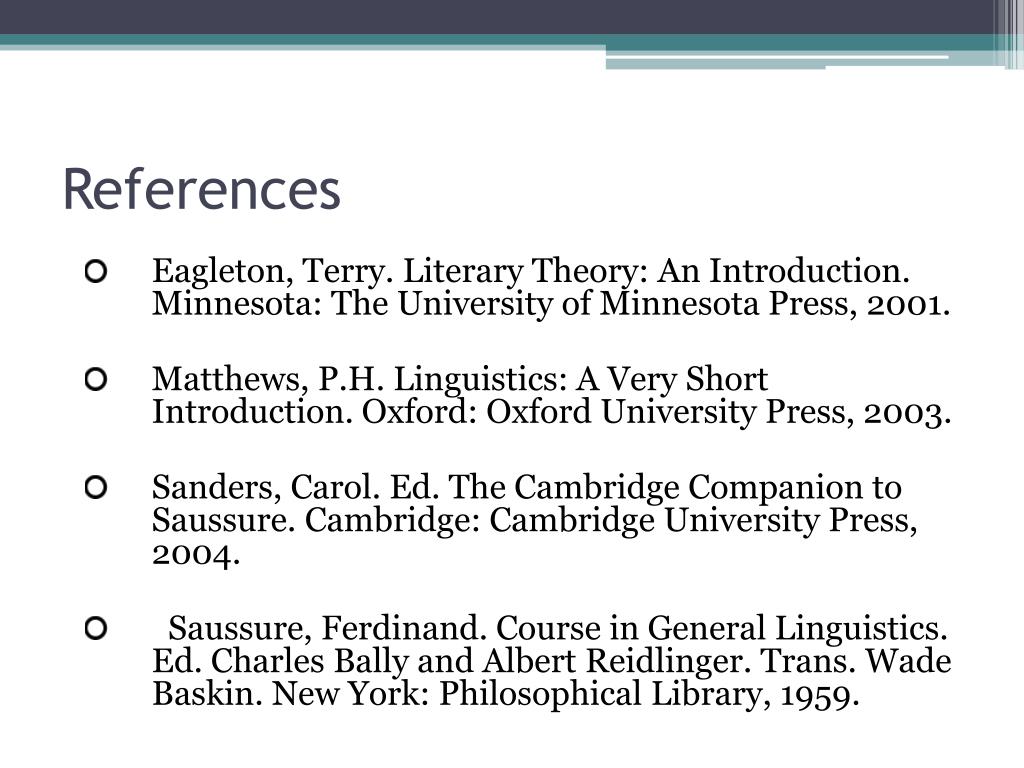
New endnotes enlarge Saussure's contexts to include literary criticism, cultural studies, and philosophy.

An introduction situates Saussure within the history of ideas and describes the history of scholarship that made Course in General Linguistics legendary. Baskin renders Saussure clearly and accessibly, allowing readers to experience his shift of the theory of reference from mimesis to performance and his expansion of poetics to include all media, including the life sciences and environmentalism. This is the first critical edition of Course in General Linguistics to appear in English and restores Wade Baskin's original translation of 1959, in which the terms "signifier" and "signified" are introduced into English in this precise way. He died in 1913 in Vufflens-le-Château, Vaud, Switzerland. Most important, Saussure presents the principles of a new linguistic science that includes the invention of semiology, or the theory of the "signifier," the "signified," and the "sign" that they combine to produce. It was not until 1907 that Saussure began teaching the Course of General Linguistics, which he would offer three times, ending in the summer of 1911. Based on Saussure's lectures, Course in General Linguistics (1916) traces the rise and fall of the historical linguistics in which Saussure was trained, the synchronic or structural linguistics with which he replaced it, and the new look of diachronic linguistics that followed this change. The founder of modern linguistics, Ferdinand de Saussure inaugurated semiology, structuralism, and deconstruction and made possible the work of Jacques Derrida, Roland Barthes, Michel Foucault, and Jacques Lacan, thus enabling the development of French feminism, gender studies, New Historicism, and postcolonialism.

If (('gtm=off') const isAppRedirect = ('appRedirect') Ĭonst isAndroid = /Android/i.test(erAgent) Ĭonst isIphone = /iPhone|iPad|iPod/i.test(erAgent) His ideas have had a huge influence in the study of linguistics ever since.

Saussure also draws a distinction between specific speech acts and the larger system of language that is the basis for speech. The signifier is a word or symbol the signified is the thing that word or symbol refers to and the sign is the combination of both.

He describes the mechanism of how words can mean things, using a three-part structure of signifier, signified, and sign. Although the book marked a break with the traditional, history-focused study of linguistics of the time, Saussure still uses examples based on more traditional studies. The book aims to explain Saussure’s theory that all languages share an underlying structure, and that this underlying structure is the same, regardless of historical or cultural context. Edited and produced from the lecture notes of his students at the University of Geneva, Ferdinand de Saussure’s Course in General Linguistics was first published in 1916, three years after his death.


 0 kommentar(er)
0 kommentar(er)
